Go wild for wildlife
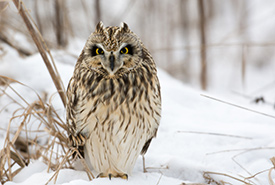
Short-eared owl (Photo by Tony Campbell)
March 3 is World Wildlife Day, an annual event started by the United Nations General Assembly in 2013 to help raise awareness and encourage the celebration of our planet’s wildlife. In honour of this occasion, here are some ideas for...
Antlers of the East: Tracking the decline of the Atlantic-Gaspésie caribou (part two)
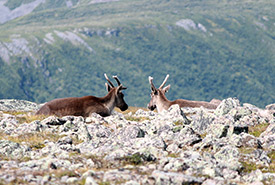
Woodland caribou at the summit of Mont Jacques-Cartier, tallest among the Chic Choc Mountains of Gaspésie National Park, QC. (Photo by Zack Metcalfe)
In part one of Antlers of the East, I discussed the decline of the Atlantic-Gaspésie caribou. Here is part two. Stand against extinction Since 2008, the caribou of Gaspésie National Park have been under the thoughtful study of...
Adjusting to change
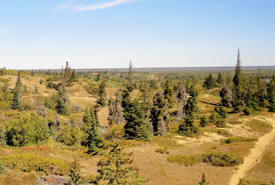
Assiniboine Delta, MB (Photo by Jordan Becker)
“According to Darwin’s Origin of Species, it is not the most intellectual of the species that survives; it is not the strongest that survives; but the species that survives is the one that is able best to adapt and adjust to the...
Something’s Fishy: Polar opposites
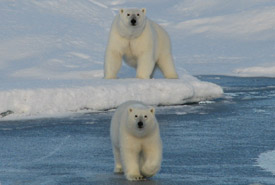
Polar bear mother and cub, Jones Sound, Nunavut (Photo by NCC)
Polar bears are the largest bear species and land carnivore in the world. They are found in the Arctic, where they scour sea ice and coasts for their next meal. Two-thirds of the global population of polar bears is found in Canada. The...
My bucket list adventure in the Galapagos Islands
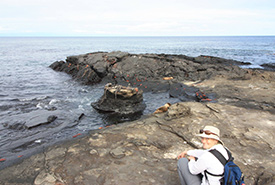
Kristyn Ferguson in the Galapagos Islands (Photo by Jeff Verberne)
For many biologists, the Galapagos Islands are usually near the top of their list of places to see in this lifetime. On my bucket list they were annotated with an “!”. When my mentor and good friend James Duncan passed away suddenly in...
What ash trees and bumble bees are telling us
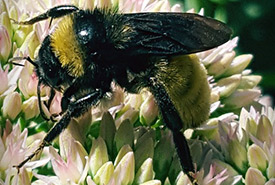
American bumble bee (Photo by K.S. Gardener/iNaturalist)
Black ash and American bumble bee are not species I thought we would ever need to save. When I started my studies in conservation over 25 years ago, bumble bees still seemed commonplace, and I thought of ash as a common tree that was great for...
Nature's medicine
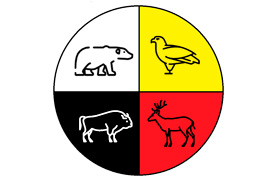
Medicine wheel (Image by NCC. Icons designed by Freepik from Flaticon)
As a Kanien'keha:ka (Mohawk) woman, my connection to my culture and my community is as important to me as the water I drink and the air I breathe. I find my Indigenous roots in nature, where my identity is as deep in the land as the roots in the...
A trip to dive for
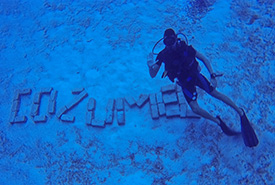
Diving next to the Cozumel sign (Photo by Stephen Mancuso)
Last November, I went to Cozumel, Mexico, on a scuba diving trip. This Caribbean island is a diver’s paradise and is renowned for its crystal clear, aqua-coloured waters, pristine coral reefs and drift diving, a type of scuba diving where...
Installing a pond leveller for beavers
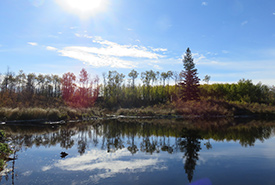
Wetland at the Kallal property, AB (Photo by NCC)
It was a crisp October morning and a thin layer of ice covered the surface of the wetlands as we drove out to the Kallal property. This site, located 40 minutes east of Edmonton in the Beaver Hills, was purchased by the Nature Conservancy of...
Pikas and their islands in the Rockies
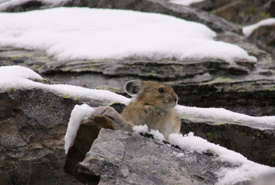
American pika (Photo by Allison Haskell)
What’s your favourite animal? It’s a common question for many of us with a fascination for wildlife and a passion for conserving the natural world around us. When I answer that my favourite species is American pika, some people are...

